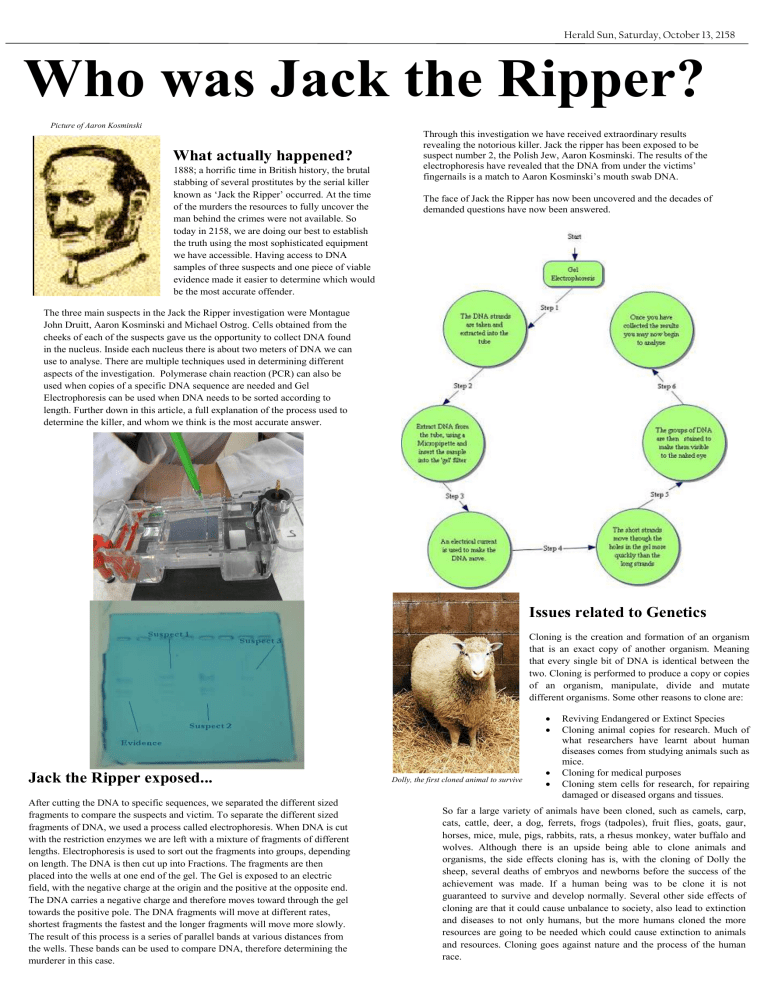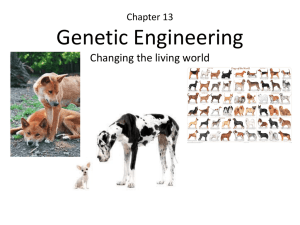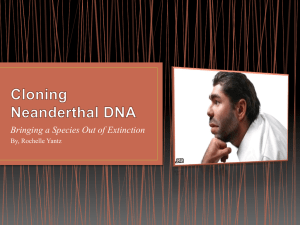Jack the Ripper exposed

Herald Sun, Saturday, October 13, 2158
Who was Jack the Ripper?
Picture of Aaron Kosminski
What actually happened?
1888; a horrific time in British history, the brutal stabbing of several prostitutes by the serial killer known as ‘Jack the Ripper’ occurred. At the time of the murders the resources to fully uncover the man behind the crimes were not available. So today in 2158, we are doing our best to establish the truth using the most sophisticated equipment we have accessible. Having access to DNA samples of three suspects and one piece of viable evidence made it easier to determine which would be the most accurate offender.
The three main suspects in the Jack the Ripper investigation were Montague
John Druitt, Aaron Kosminski and Michael Ostrog.
Cells obtained from the cheeks of each of the suspects gave us the opportunity to collect DNA found in the nucleus. Inside each nucleus there is about two meters of DNA we can use to analyse. There are multiple techniques used in determining different aspects of the investigation. Polymerase chain reaction (PCR) can also be used when copies of a specific DNA sequence are needed and Gel
Electrophoresis can be used when DNA needs to be sorted according to length. Further down in this article, a full explanation of the process used to determine the killer, and whom we think is the most accurate answer.
Through this investigation we have received extraordinary results revealing the notorious killer. Jack the ripper has been exposed to be suspect number 2, the Polish Jew, Aaron Kosminski. The results of the electrophoresis have revealed that the DNA from under the victims’ fingernails is a match to Aaron Kosminski’s mouth swab DNA.
The face of Jack the Ripper has now been uncovered and the decades of demanded questions have now been answered.
Jack the Ripper exposed...
After cutting the DNA to specific sequences, we separated the different sized fragments to compare the suspects and victim. To separate the different sized fragments of DNA, we used a process called electrophoresis. When DNA is cut with the restriction enzymes we are left with a mixture of fragments of different lengths. Electrophoresis is used to sort out the fragments into groups, depending on length. The DNA is then cut up into Fractions. The fragments are then placed into the wells at one end of the gel. The Gel is exposed to an electric field, with the negative charge at the origin and the positive at the opposite end.
The DNA carries a negative charge and therefore moves toward through the gel towards the positive pole. The DNA fragments will move at different rates, shortest fragments the fastest and the longer fragments will move more slowly.
The result of this process is a series of parallel bands at various distances from the wells. These bands can be used to compare DNA, therefore determining the murderer in this case.
Issues related to Genetics
Cloning is the creation and formation of an organism that is an exact copy of another organism. Meaning that every single bit of DNA is identical between the two. Cloning is performed to produce a copy or copies of an organism, manipulate, divide and mutate different organisms. Some other reasons to clone are:
Dolly, the first cloned animal to survive
Reviving Endangered or Extinct Species
Cloning animal copies for research. Much of what researchers have learnt about human diseases comes from studying animals such as mice.
Cloning for medical purposes
Cloning stem cells for research, for repairing damaged or diseased organs and tissues.
So far a large variety of animals have been cloned, such as camels, carp, cats, cattle, deer, a dog, ferrets, frogs (tadpoles), fruit flies, goats, gaur, horses, mice, mule, pigs, rabbits, rats, a rhesus monkey, water buffalo and wolves. Although there is an upside being able to clone animals and organisms, the side effects cloning has is, with the cloning of Dolly the sheep, several deaths of embryos and newborns before the success of the achievement was made. If a human being was to be clone it is not guaranteed to survive and develop normally. Several other side effects of cloning are that it could cause unbalance to society, also lead to extinction and diseases to not only humans, but the more humans cloned the more resources are going to be needed which could cause extinction to animals and resources. Cloning goes against nature and the process of the human race.







